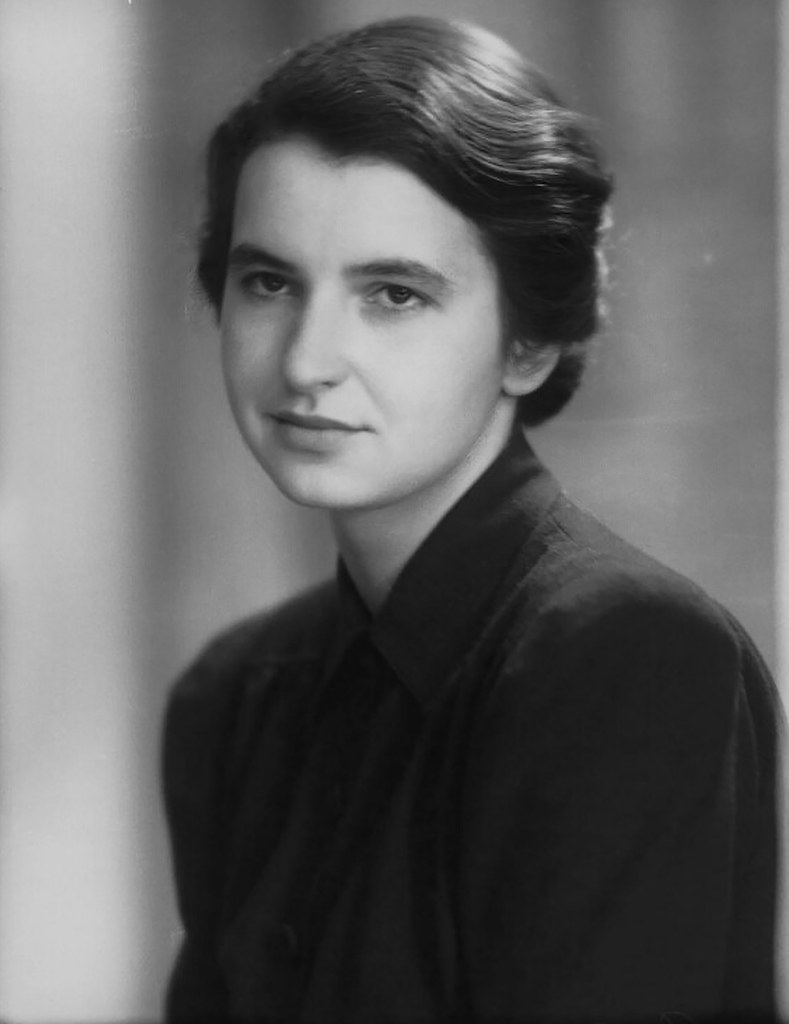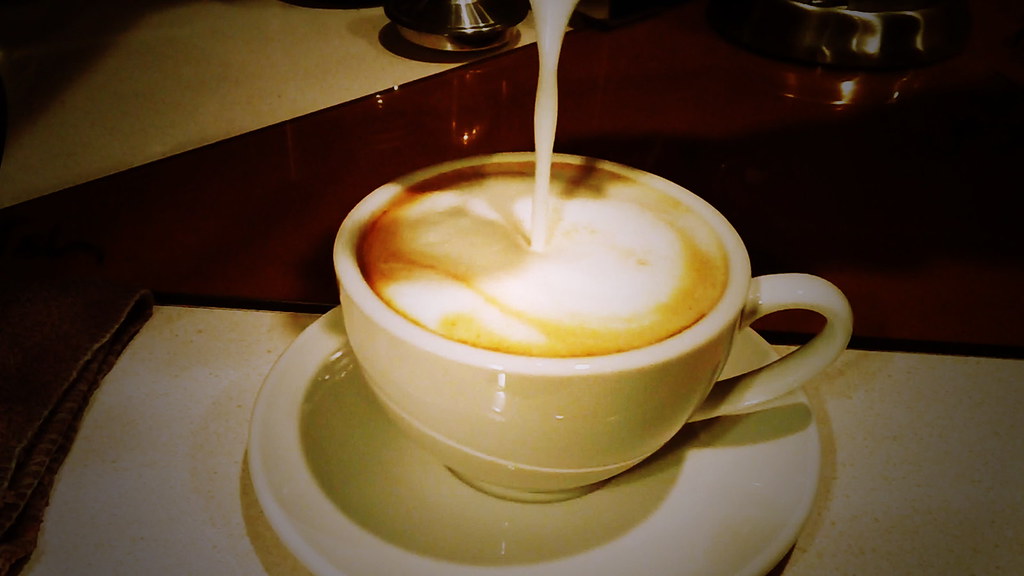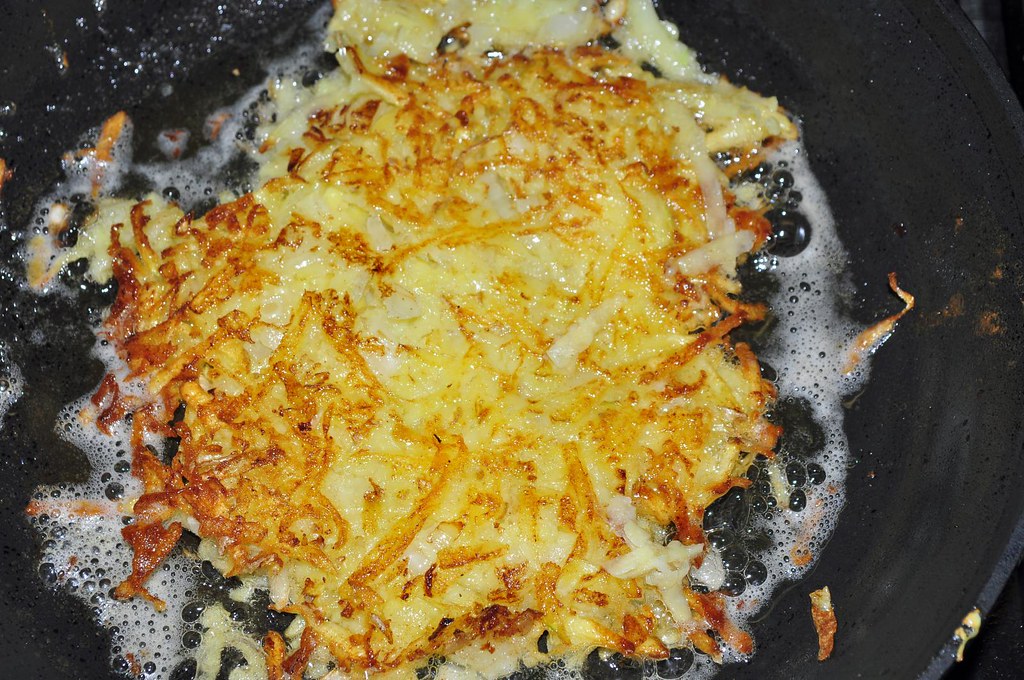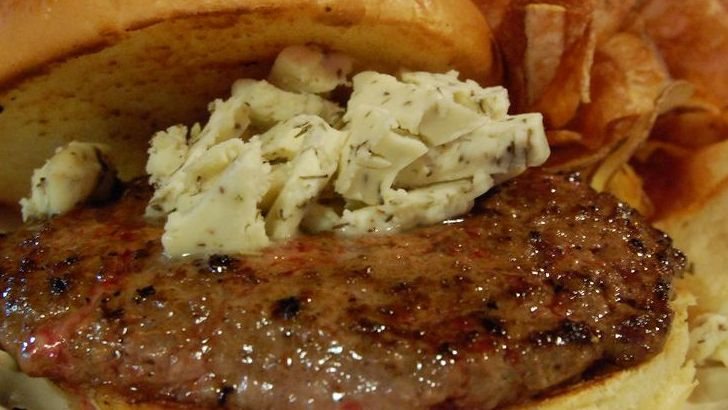Sybil Ludington: The Female Paul Revere Who Rode Twice as Far
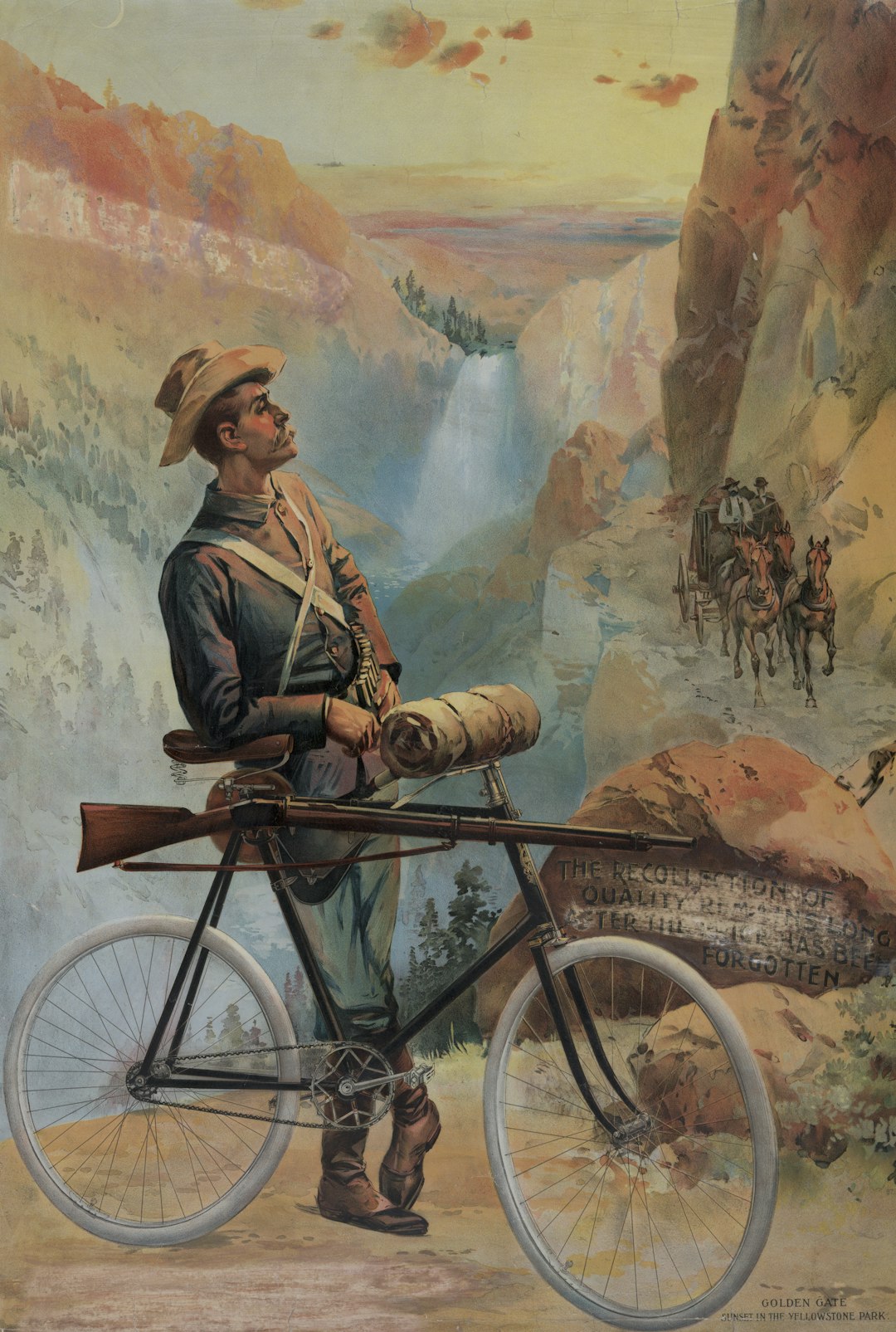
When you think of midnight rides warning American patriots, Paul Revere gets all the credit. But imagine being just 16 years old and riding 40 miles through a storm at night to warn hundreds of soldiers about British attacks. In 1777, when Col. Ludington learned of an imminent British attack, the messenger was too exhausted to continue, so 16-year-old Sybil rode all night, traveling somewhere between 20 and 40 miles, and was responsible for hundreds of soldiers mobilizing to fight the British. When Sybil’s father found out that British troops were attacking Danbury, Connecticut, 25 miles from the family’s New York State home, 16-year-old Sybil took it upon herself to warn the countryside of the coming British invasion. By horse and in the pouring rain, she travelled 40 miles to announce that the British were coming. Her ride proved successful, because when she arrived back from her trip, hundreds of troops were assembled in front of her home. Her story proves that heroism often comes from the most unexpected people at the most critical moments.
Margaret Hamilton: The Woman Who Saved the Moon Landing
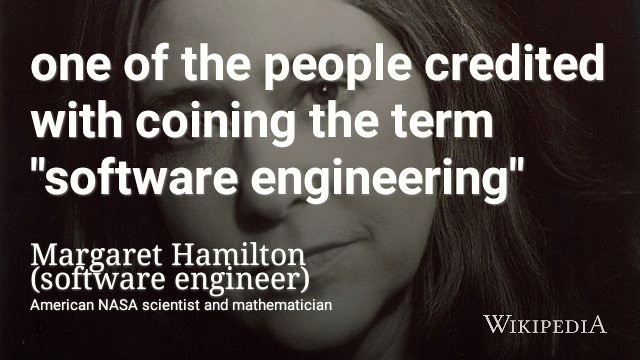
Picture this: You’re a software engineer in the 1960s, working on Apollo 11, and your male bosses tell you the astronauts are “too well-trained to make mistakes” when you suggest backup code. Legend has it that while preparing for the Apollo 11 flight, Hamilton told her male superiors that the mission required additional back-up code, to act as a fail-safe in case something went wrong. She was criticized and ordered to do no such thing, because the astronauts “were trained never to make a mistake.” But Margaret Hamilton defied orders and programmed the backup code anyway—and minutes before landing on the moon, something did go wrong. If not for Margaret Hamilton, the famous lines uttered by Neil Armstrong upon stepping onto the surface of the Moon would never have been said. She led the 400,000-strong team of software engineers that made Apollo 11 both possible and successful. In 2016, she was awarded the Presidential Medal of Freedom, the highest civilian award in the US, by President Barack Obama. Sometimes trusting your gut means defying everyone around you.
Nellie Bly: The Pioneer of Investigative Journalism
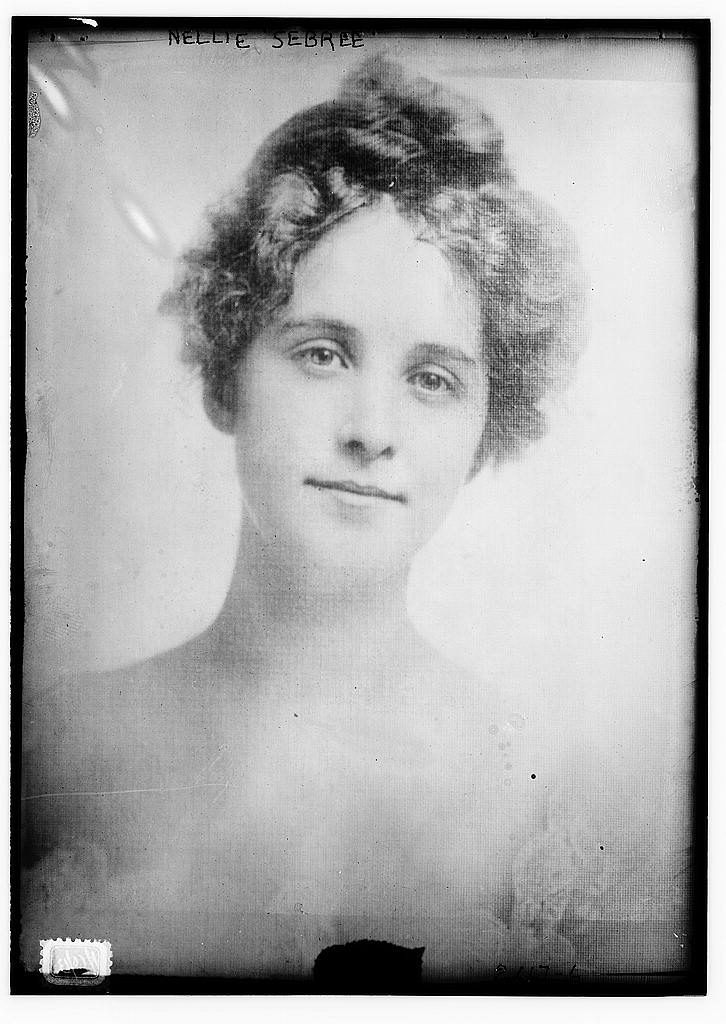
What would you do if editors kept assigning you “women’s topics” when you wanted to write real news? Nellie Bly decided to fake mental illness and get herself committed to an infamous asylum. Nellie Bly was a journalist during a period of American history when that was a very unusual and difficult thing for a woman to do. She got a job at the Pittsburgh Dispatch as a columnist, but grew dissatisfied writing only for women. Wanting to write for all readers, she feigned mental illness long enough to be sent to an infamous insane asylum. Her resulting work, “Ten Days in a Mad-House,” was published in the New York World and made her one of the most famous journalists in America. She is the originator of what we now call investigative journalism. Later, she inherited her husband’s manufacturing business and even patented several oil-related inventions. Talk about refusing to be put in a box.
Patsy Mink: Breaking Barriers Before Anyone Knew Her Name
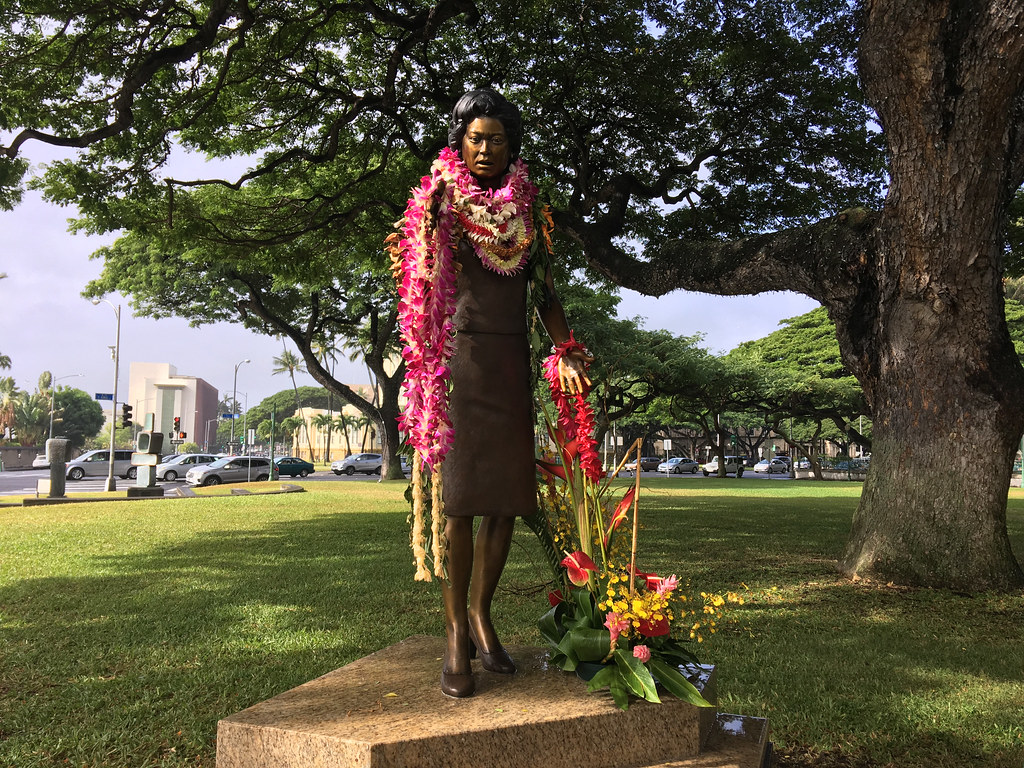
In 1964, Patsy Mink became the first woman of color to get elected to the United States Congress. Mink, a Japanese-American who served as a Hawaii representative, was elected four years before Shirley Chisolm famously became the first Black female congresswoman in New York. Born in Hawaii and raised on Maui, she was her high school valedictorian but faced rejection from dozens of medical schools simply because she was a woman. A third-generation Japanese American, Patsy Mink was raised on the Hawaiian island of Maui. The valedictorian of her high school, Mink eventually went to study at the University of Nebraska before an illness forced her to continue her education back home. She applied to dozens of medical schools—all which rejected her. But that wouldn’t keep her from greatness. Her persistence changed American politics forever, but most people still don’t know she came first.
Edmonia Lewis: America’s First Black and Native American Sculptor
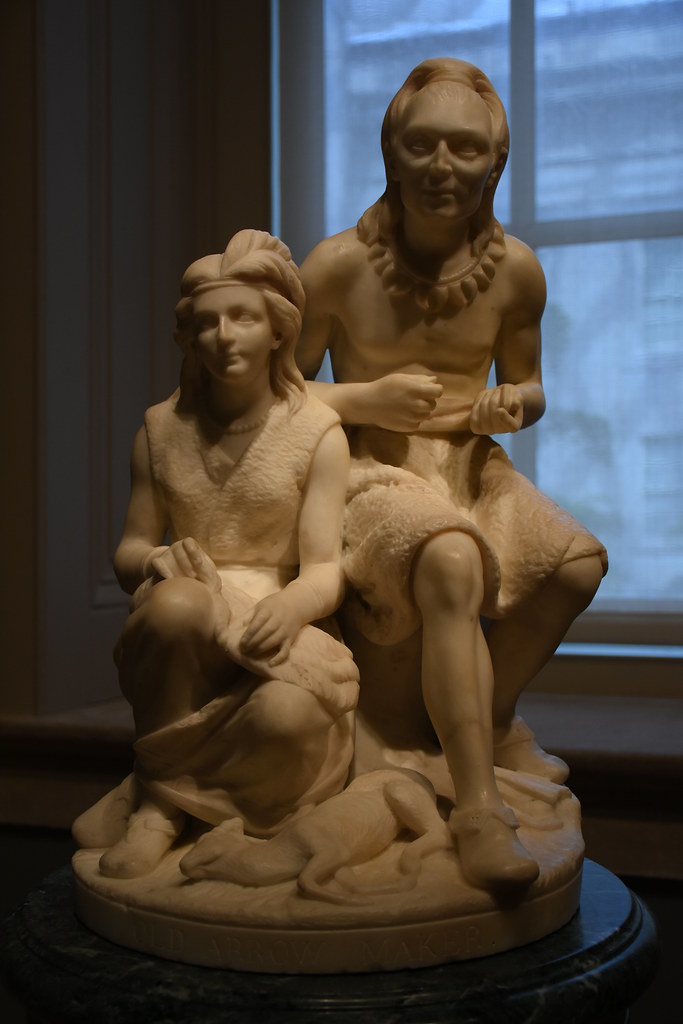
Imagine being wrongly accused of attempted murder in college, then bouncing back to become the first sculptor of your heritage in American history. Little is known about the early life of mid-19th century sculptor Edmonia Lewis, but she was reportedly born on July 14, 1843—although that is up for debate as well. Lewis is considered the first woman sculptor of African American and Native American heritage. While at Oberlin, Lewis was wrongly accused of theft and attempted murder. Though she was eventually acquitted, she was prohibited from graduating. Despite this setback, she moved to Boston where she was mentored and developed her artistic style. When she moved to Boston, she was mentored by sculptor Edward Brackett and began to develop her own artistic style. Her dual ancestry proved to be a source of much inspiration for her, as her early sculptures were medallions with portraits of white abolitionists and Civil War heroes. Her story shows how resilience can turn obstacles into stepping stones.
Bessie Coleman: The Aviator Who Refused Segregated Shows
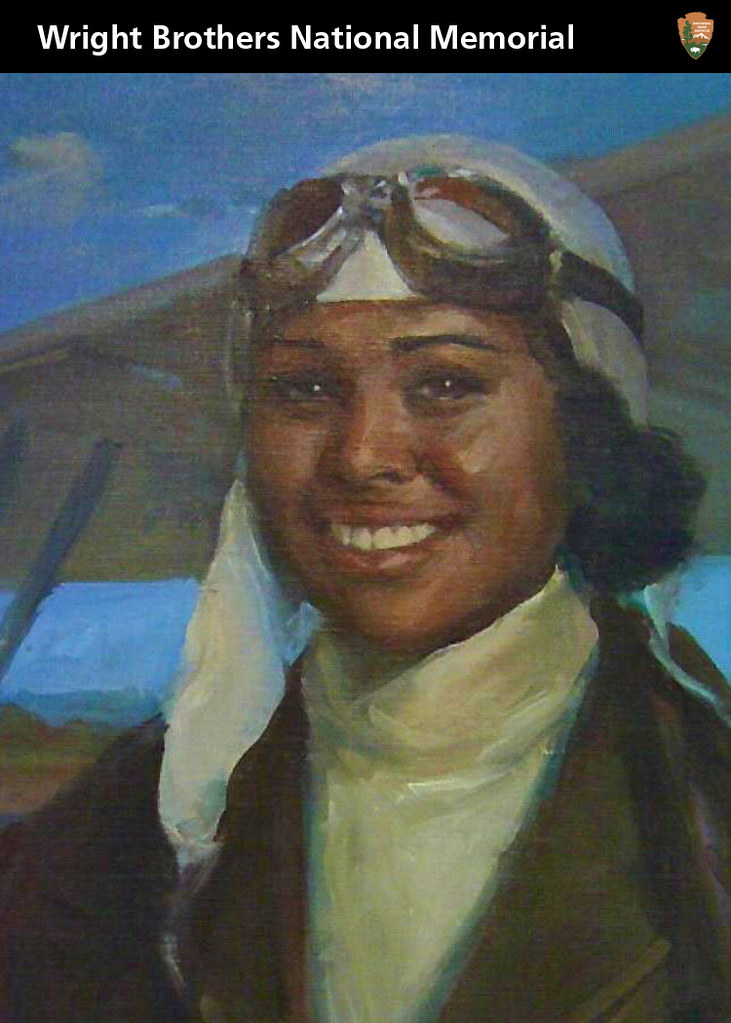
Bessie Coleman was the first African-American and Native American female pilot. Ahead of her time in every way, Coleman famously refused to perform her impressive plane tricks – including the “loop the loop”—for segregated stadiums in the 1920s. She had to travel to France to get her pilot’s license because no American flight school would accept a Black woman. When she returned to the U.S., she could have made good money performing for white-only audiences, but she chose principle over profit. Her courage in the cockpit was matched by her courage on the ground, refusing to compromise her values even when it cost her financially.
Clara Barton: Founding the American Red Cross at Age 59
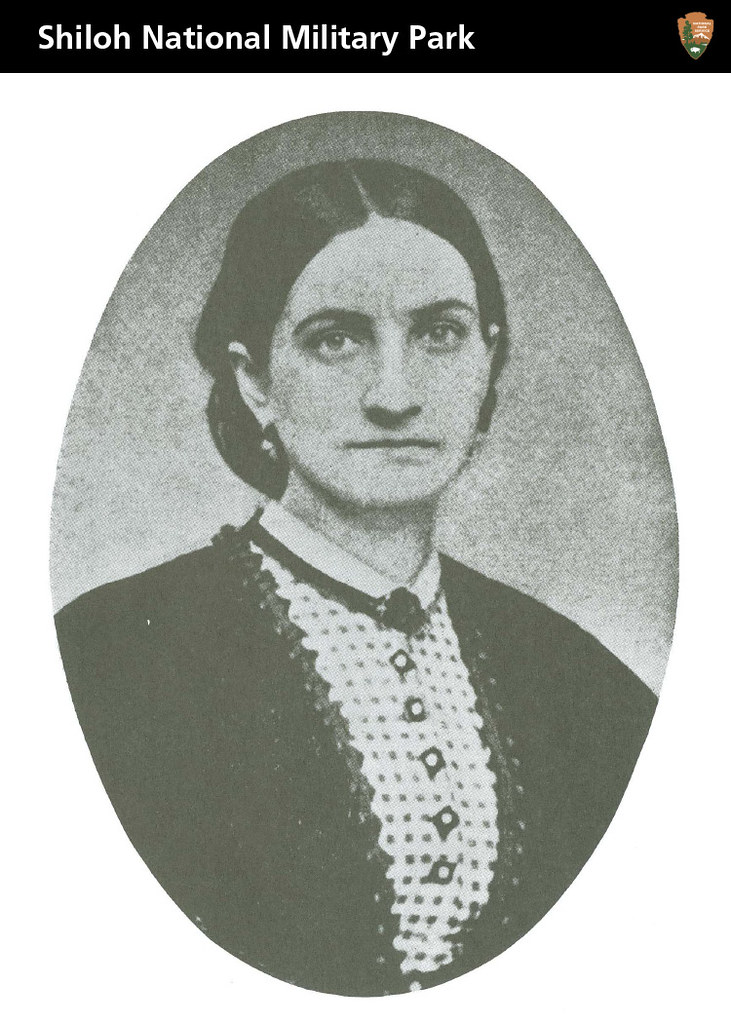
Most people think about retirement in their 60s, but Clara Barton was just getting started. After the war she traveled to Europe and saw the operation of the Switzerland-based Red Cross, which called for international agreements to protect the sick and wounded during wartime and for the formation of national societies to give aid voluntarily. Back home, she worked with important friends, including Frederick Douglass, to found the American Red Cross in 1881. She was 59 when she started the organization and she served as president until she was 83. Before that, she was known as the “Angel of the Battlefield” during the Civil War, providing supplies and medical care to soldiers. Her later-in-life achievement proves that it’s never too late to create something that will outlast you by centuries.
Donyale Luna: Breaking Beauty Barriers Before Naomi and Tyra
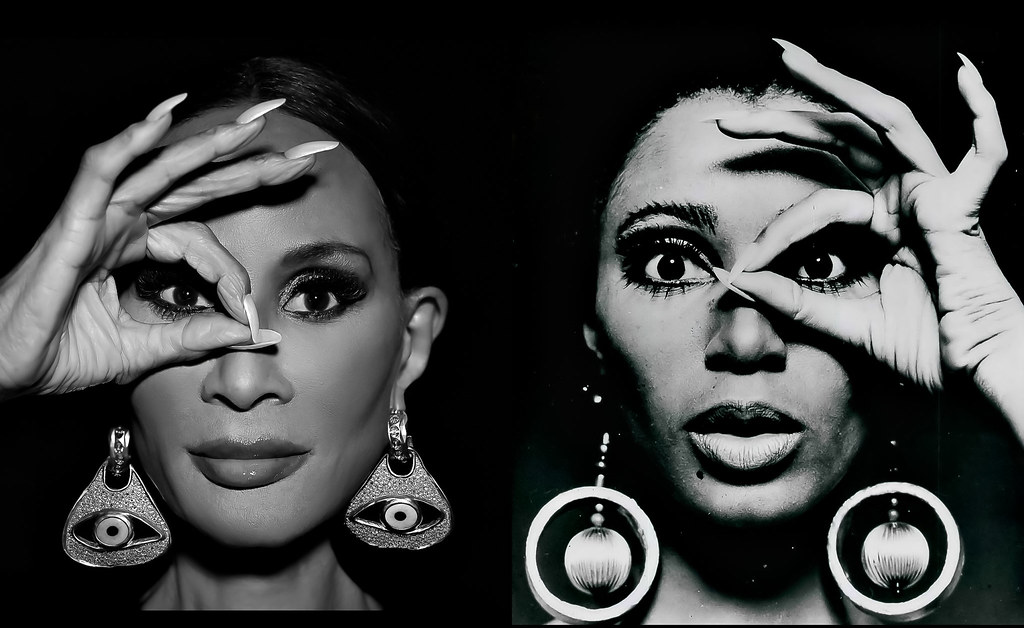
Before supermodels like Naomi Campbell and Tyra Banks, there was a trailblazer most people have never heard of. Before Naomi Campbell and Tyra Banks, there was Donyale Luna (née Peggy Ann Freeman). Luna is hailed as “the first Black supermodel,” and she was the first African American model to appear on the cover of British Vogue in March 1966. Luna also appeared in several indie films, including Andy Warhol’s Camp in 1965. Unfortunately, she died at the age of 33 from an accidental heroin overdose in Rome, Italy. Her groundbreaking career opened doors for generations of models of color, yet her name rarely appears in fashion history books. The fashion industry owes her a debt that’s rarely acknowledged.
Rosalind Franklin: The DNA Pioneer Who Didn’t Get the Nobel Prize
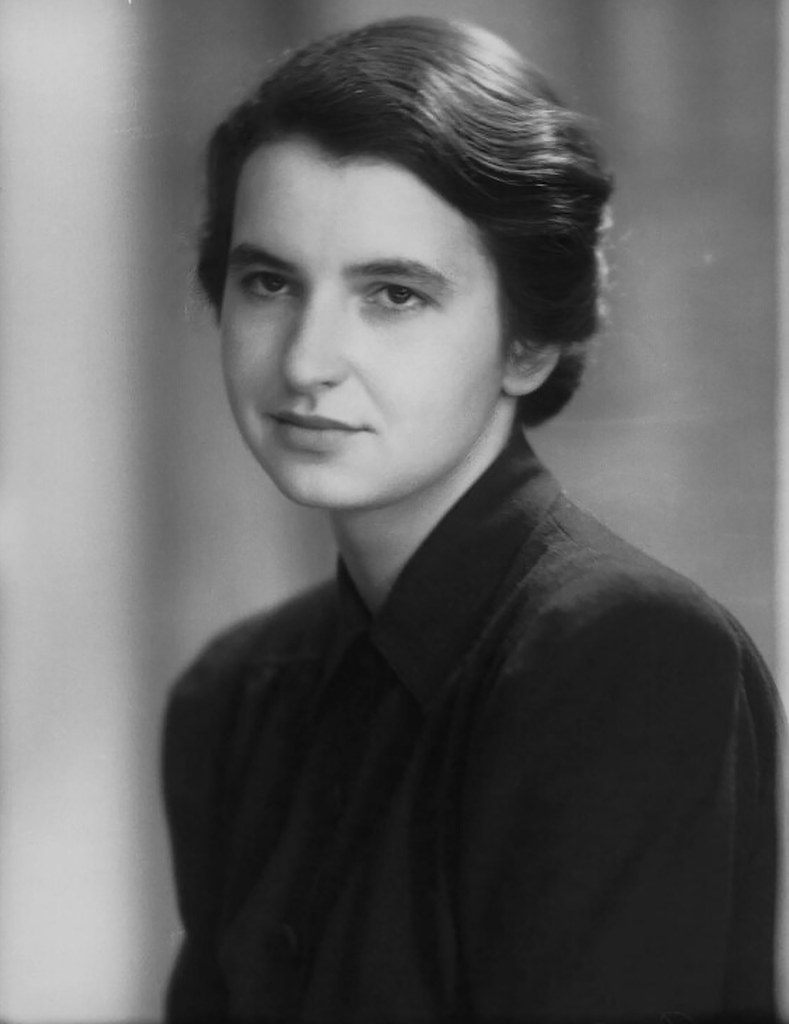
What if someone used your work to win a Nobel Prize without giving you credit? Watson was shown an X-ray image of DNA taken by Franklin, without her permission. Known as Photograph 51, the image is “the philosopher’s stone of molecular biology.” Popular culture will have you believe that Franklin couldn’t understand the significance of the image, while Watson understood it at a glance. Uncovered documents reveal that Franklin was an equal contributor to the discovery of DNA’s double-helix structure. We can thank British scientist Rosalind Franklin for much of what we know of DNA today. Using X-ray diffraction methods, she discovered DNA’s density and, more importantly, its molecular structure. This gave way to James Watson and Francis Crick’s discovery that DNA is shaped in a double helix. Her discovery changed how scientists view genetics and how genes are passed down in families. Her story is a reminder that scientific credit doesn’t always go where it belongs.
Sylvia Earle: The Ocean’s Greatest Champion
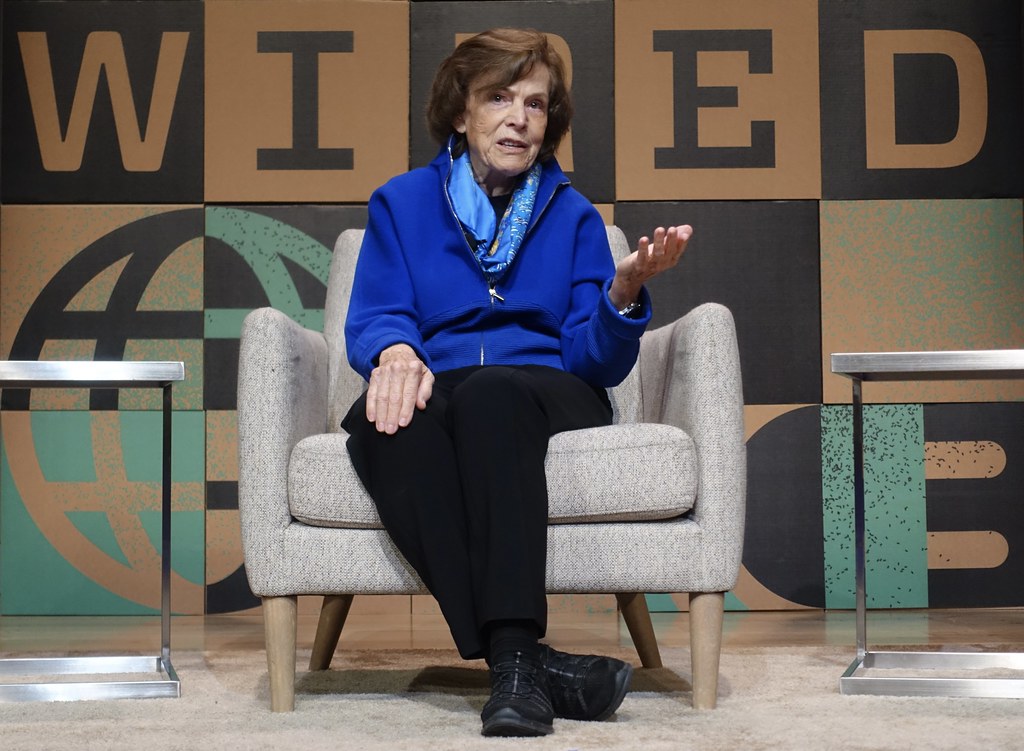
Earle broke the women’s diving depth record in 1979, and would co-found two deep-sea exploration engineering companies. In 1990, she was appointed chief scientist at the National Oceanic and Atmospheric Administration, where she helped clean oil spills caused by the Persian Gulf war. In 1998, Earle was named Time’s first Hero of the Planet. That same year, she was named a National Geographic explorer-in-residence, a title she has held since. A Netflix documentary called “Mission Blue” details Earle’s life as well as her latest project of the same name. Mission Blue aims to protect 30 percent of the globe’s oceans by 2030. While environmental activists get plenty of attention on land, Earle has spent decades fighting for the 71% of our planet that’s underwater. Her work today is more crucial than ever as climate change threatens marine ecosystems.
Pauli Murray: The Civil Rights Pioneer You’ve Never Heard Of
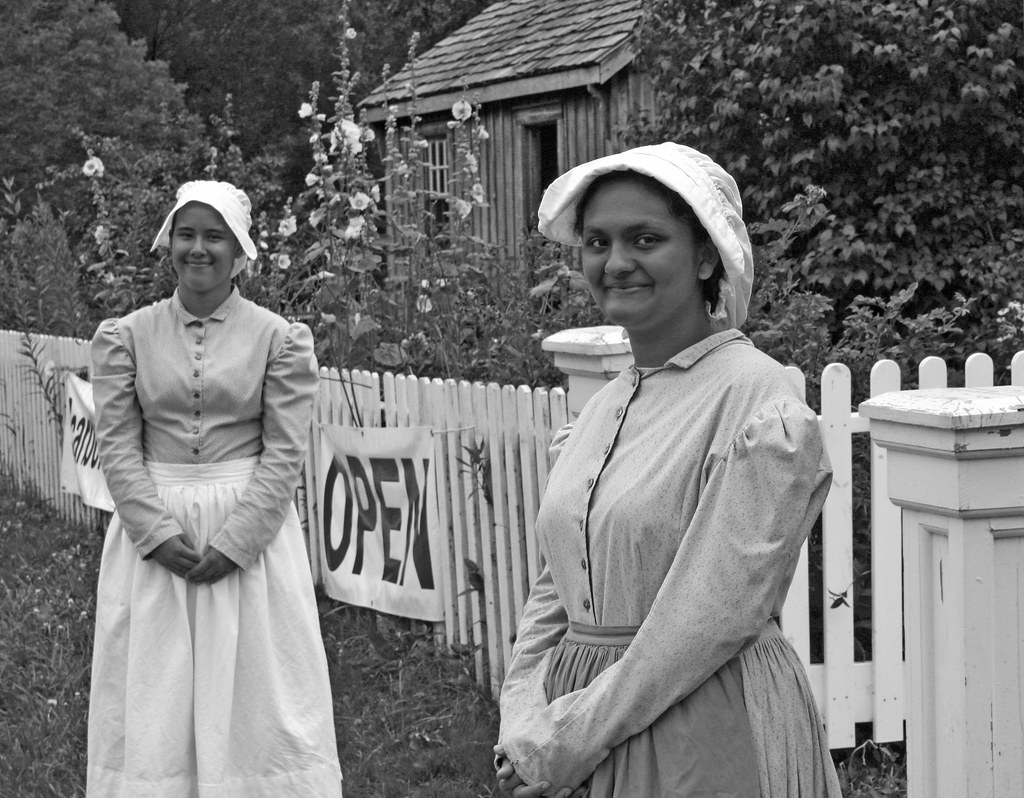
Many of us know the names of Sandra Day O’Connor, Ruth Bader Ginsburg, and Harriet Tubman, but there are countless other women who have played significant roles in advancing women’s rights and social status throughout history. Pauli Murray, an American civil rights activist, author, lawyer, and gender equality advocate, pursued her passion for the ministry and made history in 1977 by becoming the first African-American woman and one of the first women to be ordained as an Episcopal priest. Murray’s sexual and gender identity did not conform to the prevailing social norms of her time. In her youth, she occasionally presented herself as a teenage boy. In retrospect, some scholars have categorized Murray as transgender, and many believe this is why she was considered overlooked in the history of civil rights. Her intersectional identity made her advocacy work particularly complex and groundbreaking for her era.
Emilia Casanova de Villaverde: The Cuban-American Freedom Fighter
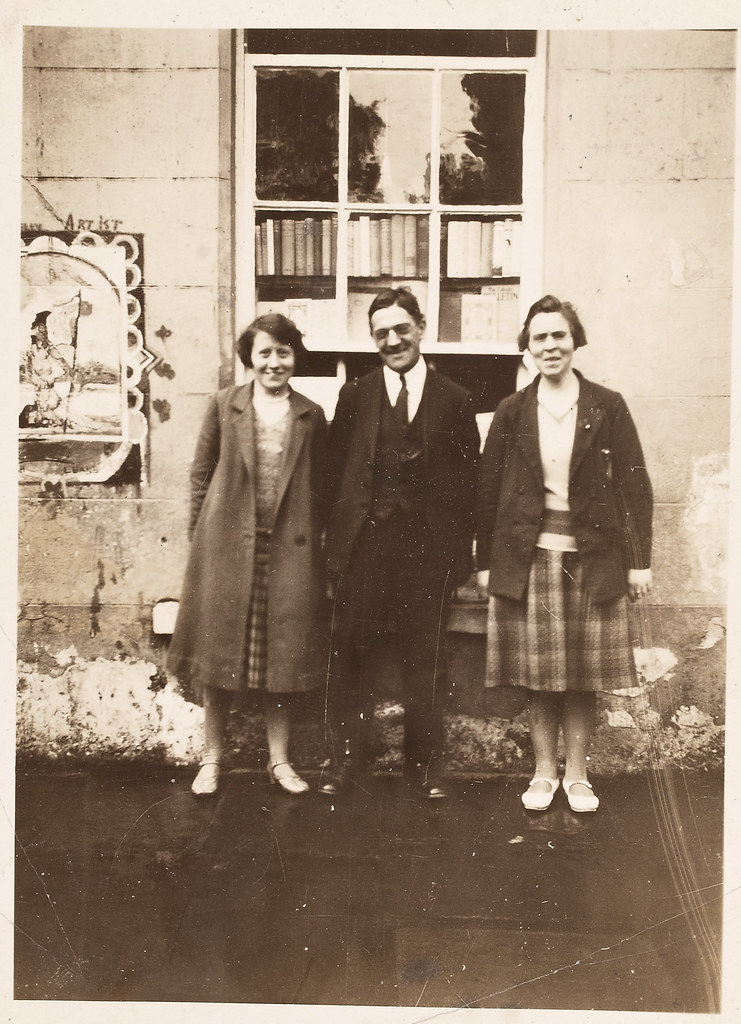
Emilia Casanova de Villaverde is known as a patriot in Cuba, but lived most of her life in New York City. An ardent abolitionist and activist leader, she supported Cuba’s independence from Spain during the last half of the 19th century. As the Ten Years’ War (1868-1878) raged in Cuba, she formed the first women’s club, La Liga de las Hijas de Cuba, to raise funds and sustain the elderly, the widows and orphans who took refuge from the war in New York. She addressed the Congress of the United States about Cuba’s situation, and on several occasions personally sought the aid of President Ulysses S. Her work shows how immigrant women have always played crucial roles in American political advocacy, fighting for freedom both here and in their homelands. She was essentially running international humanitarian aid operations from her New York base.
Ellen Ochoa: The First Hispanic Woman in Space
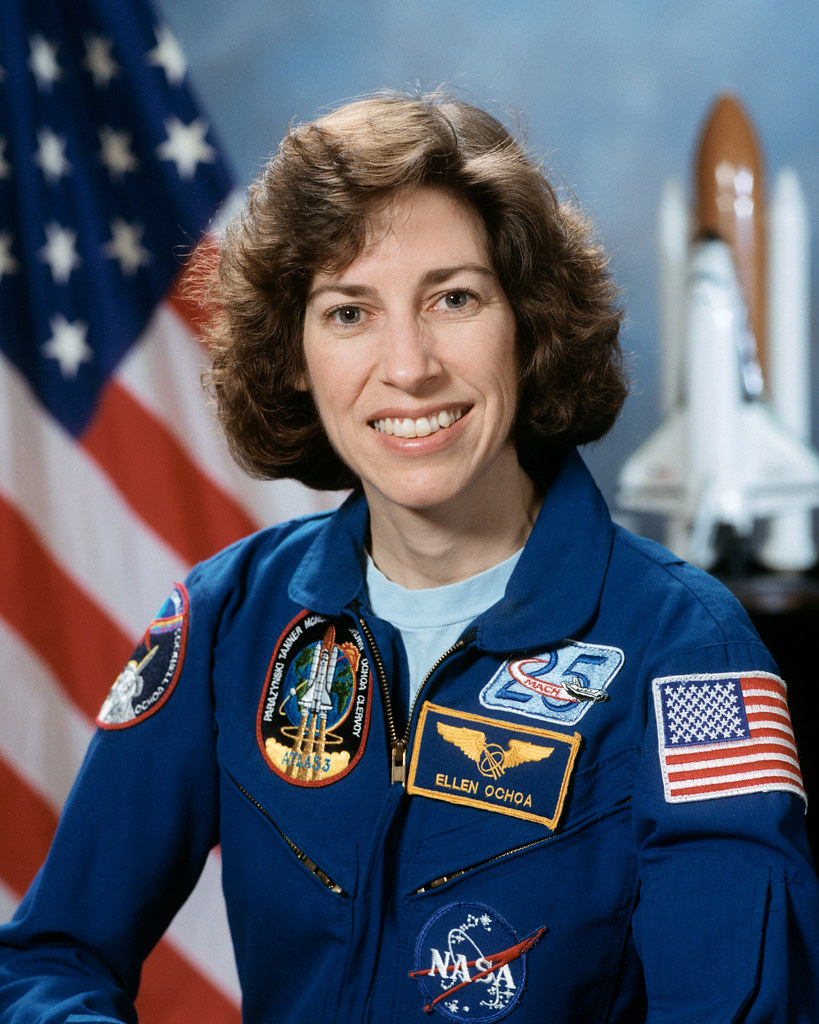
Perhaps most impressively, she was the first Hispanic woman to go up into space in 1993. Aboard the Space Shuttle Discovery, Ochoa served on a nine-day mission where she studied the Earth’s ozone layer. But this certainly wasn’t her final space mission. Logging nearly 1,000 hours in space, her mission aboard Discovery was merely one of four. In 2007, Ochoa became Deputy Director of the Johnson Space Center, before becoming the first Hispanic and second female director of NASA’s Johnson Space Center in 2013. While Sally Ride gets most of the credit for breaking space barriers, Ochoa quietly shattered multiple glass ceilings and spent nearly a decade leading one of NASA’s most important facilities. Her career spans from hands-on space exploration to high-level administrative leadership.
What would you have guessed if someone asked you to name the woman who saved the moon landing or the first Hispanic woman in space?

